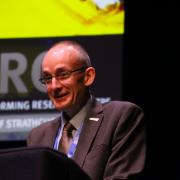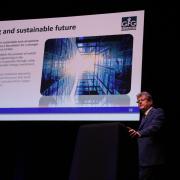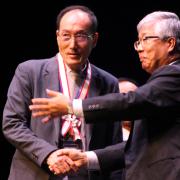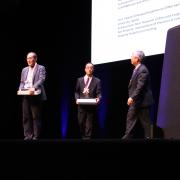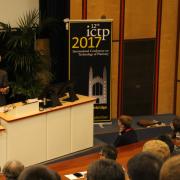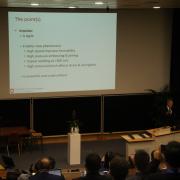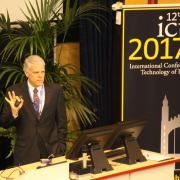Plenary speakers
| Professor Jianguo Lin |
Abstract: HFQ®-Aluminium: Experimentation, modelling and application for stamping lightweight, complex-shaped, high strength panel structures A novel forming technology, Heat treating, Forming and in-die Quenching (HFQ®), has been developed for producing lightweight,... |
| Michael Ward |
Abstract: Reshaping metalforming for the future: challenges, possibilities, potential The pace of change in manufacturing process technology in the early twenty first century is unprecedented. This, coupled with the rapidly evolving geopolitical landscape and increased... |
| Sanjeev Gupta |
Sanjeev was unable to attend the conference and so his colleague Mr Douglas Dawson attended in his place, witth Mr Gupta appearing by video. |
| Professor Jian Cao |
Abstract: The Art and Science of Flexible Sheet Metal Forming How human being utilizes metal tools was once one of the key criteria in assessing the degree of civilization. Today, metal products are at every corner of our life, from art decoration to zillions of ... |
| Professor Zhigang Wang |
Abstract: Recent advances in process tribology – From science to technology Nowadays, the theory of friction between flat metal surfaces is known as the adhesion theory proposed by Bowden and Tabor around 1950. The fundamentals of friction in metal forming processes have... |
| Professor Dr Peter Groche |
Abstract: The challenge of total flexibility in metal forming Flexibility in its different realizations enables metal forming technologies to cope with varying uncertainties. It is of vital interest in cases when companies are faced with fluctuating product programs,... |
| Professor Glenn Daehn |
Abstract: Impulse Manufacturing: Why and How Metal forming has traditionally been carried out with very large tools on even larger presses that move relatively slowly, so that metal that being shaped is in static equilibrium. There are a number of old and emerging... |
| Professor Tony Atkins |
Abstract: The importance of toughness In forming, the yield strength (k, Pa) of the material being worked determines how easy or difficult it is to achieve permanent deformation and hence the size of equipment required to do the job. The ductility... |









